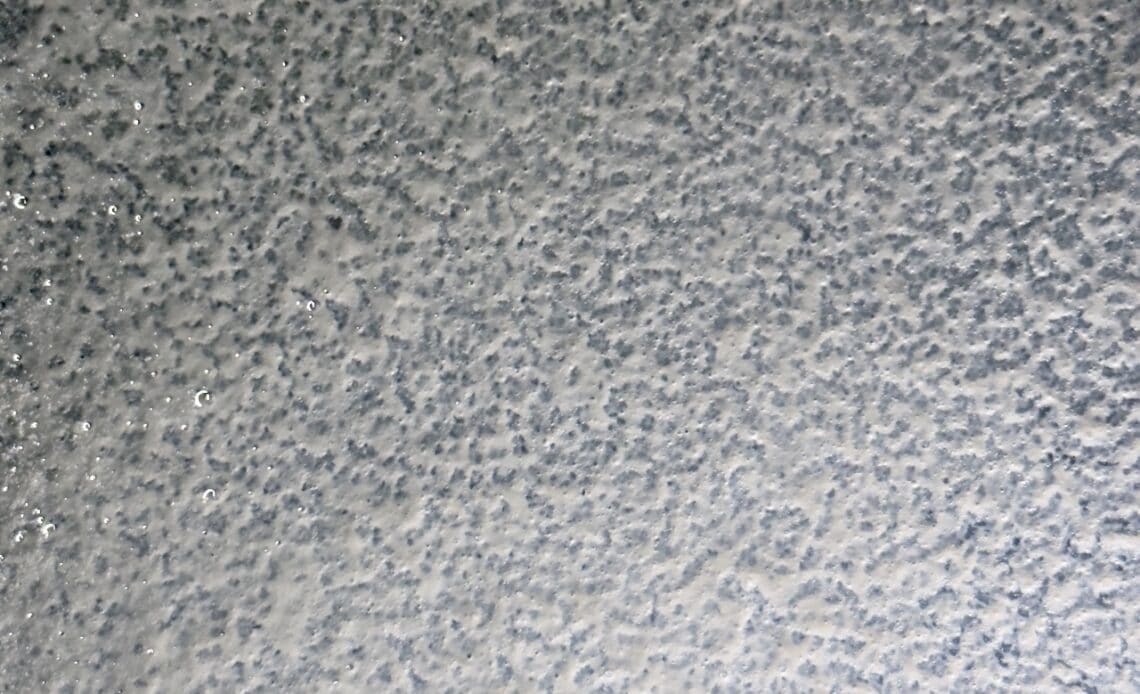
Above: A liquid detergent sheet dissolves in water. Photo by Mark Lyndersay.
BitDepth#1483 for November 04, 2024
The last seven years have been a running battle with stains on white and near white clothing, particularly school shirts.
There’s a special kind of grime that attaches itself to school uniforms and while white fabrics makes sense in a tropical climate, getting school-dirtied cloth clean is a special kind of hell.
My washing machine is an energy and water efficient unit that pulls only enough water to do the load it measures on startup, but embedded cruft on white cotton and cotton blends requires hands-on corrective action.
Will the new concentrated laundry detergent sheets help?
This new product is a five-inch square white sheet, usually packaged 30 or more in a cardboard envelope.
This seems like a great idea. One of the problems with detergents is the size and environmentally unfriendly nature of their packaging.
A gallon of liquid soap arrives in a gallon-sized bottle made of plastic that you can’t really use for anything else.
The once ubiquitous red cardboard box of Breeze has given way to a rainbow of competing bottles and plastic bags.
The manufacturers of Breeze tried to limit the impact of their packaging by selling the product in an extremely concentrated form that users would mix with water to make up the volume of a larger refill jug.
I don’t see that product on store shelves anymore and it isn’t terribly surprising. Washing is hard enough without participating in the packaging process.
High-efficiency machines, in my experience, don’t work terribly well with powdered soaps and it really has to be dissolved in liquid before adding it to the wash load.
That takes time and a bit of stirring and even after all that effort, it isn’t unusual to find the odd undissolved chunk of soap or a spray arc of powdered soap clinging to items in the finished wash-load.
For handwashing though, powdered soap is my preference, because I match Mr Miyagi effort with long soaks to loosen embedded grit, particularly in white fabric.
Along the way, it helped to understand how detergents (and indeed, all soaps) work.
Dirt on its own will simply shake out of fabric. What keeps it in place is oil and grease, readily generated by human skin.
At the heart of soap is the concept of a surfactant, or surface-active agent, a chemical that has two properties, a molecule that has one end that attracts water and another that repels it.
This property attracts the chemical to dirt and grease, where they form a layer that traps oily particles. So it turns out those fanciful illustrations of scrubbing bubbles do have a foundation in science.
Agitation (scrubbing et al) helps to separate the resulting micelles of soap encrusted grime from the fabric.
Unfortunately, this property of detergents isn’t great for wastewater, where they create thick emulsions with larger deposits of fats, oils and grease, creating horrors like the clots that must sometimes be removed by hand from a plumbing trap.
Surfactants (along with disinfectants) also inhibit the growth of the beneficial bacteria that are necessary for wastewater treatment.
Are detergent sheets an improvement? To keep the sheets viable, they are sheathed in “water soluble” PVOH (polyvinyl alcohol) which breaks down into tiny plastic micro-beads.
Microplastics, including those in face scrub liquid soaps and fine glitter are invisible contaminants in the environment.
Laundry sheets also aren’t terribly efficient. For a handwashing load that I’d normally load a salvo of a scoop of soap powder, the laundry sheet recommends a half-sheet, but a full sheet barely musters the same cleaning power.
Studies suggest that some sheets provide roughly the same cleaning power as plain water, though with Arm and Hammer joining the competitive push, that may change.
Frequent travellers who do some laundry in hotel sinks while on the move may find them useful.
Polymer pods work well, but I find it best to liquify them before adding them to the wash, so there’s little improvement or cost benefit over bulk packaged detergent.
My battle with persistent grime on whites has moved on to strategically applied raw borax (a key ingredient in powdered detergents) with vinegar (also an excellent replacement for scented fabric softeners). Bleach is entirely too powerful to be hastily splashed around.
Stain removers are just concentrated detergents – you get the same effect from directly scrubbing undiluted detergent into a stain.
Then there’s our ancestral use of blue soap, which introduces synthetic ultramarine blue pigment to the cloth, shifting the colour response of whites away from yellows (which we see as dingy) toward blue, a cooler colour closer to white.
Blue soap also adds sodium carbonate or soda ash, another detergent additive that softens water by raising its sodium content, directly to the grime.
TT’s water supply varies in mineral content according to its source, so that’s always going to help a bit.
See y’all by the riverside and hold onto a good smooth stone for me.


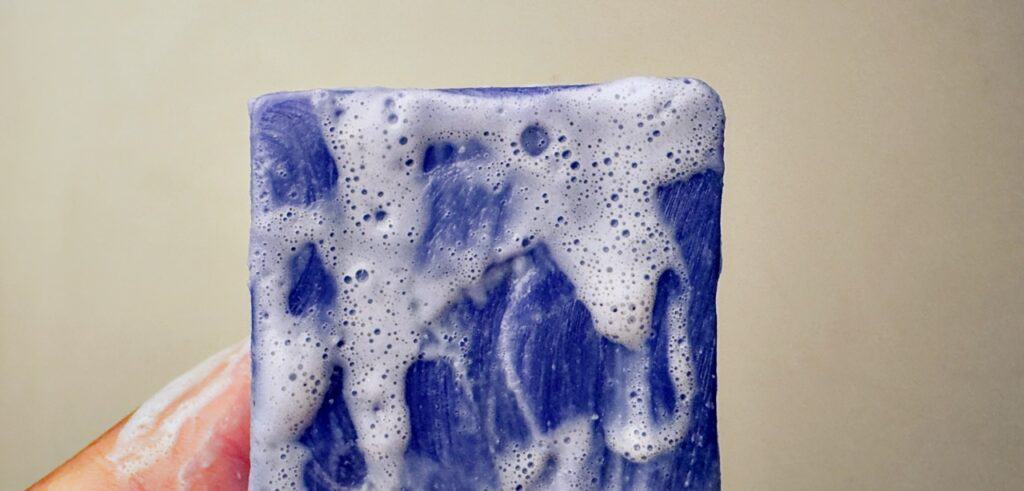
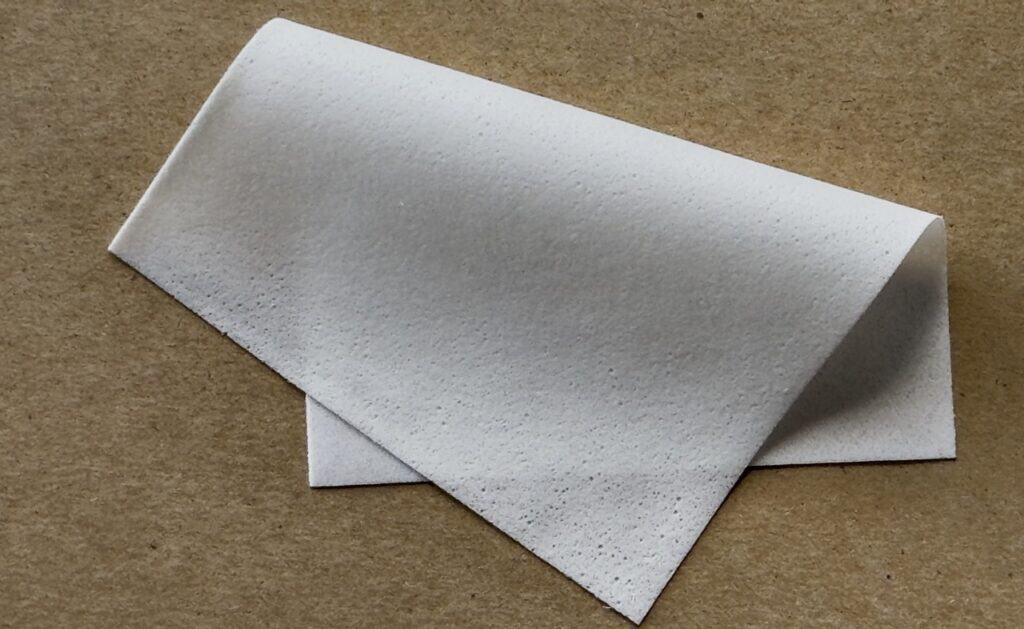






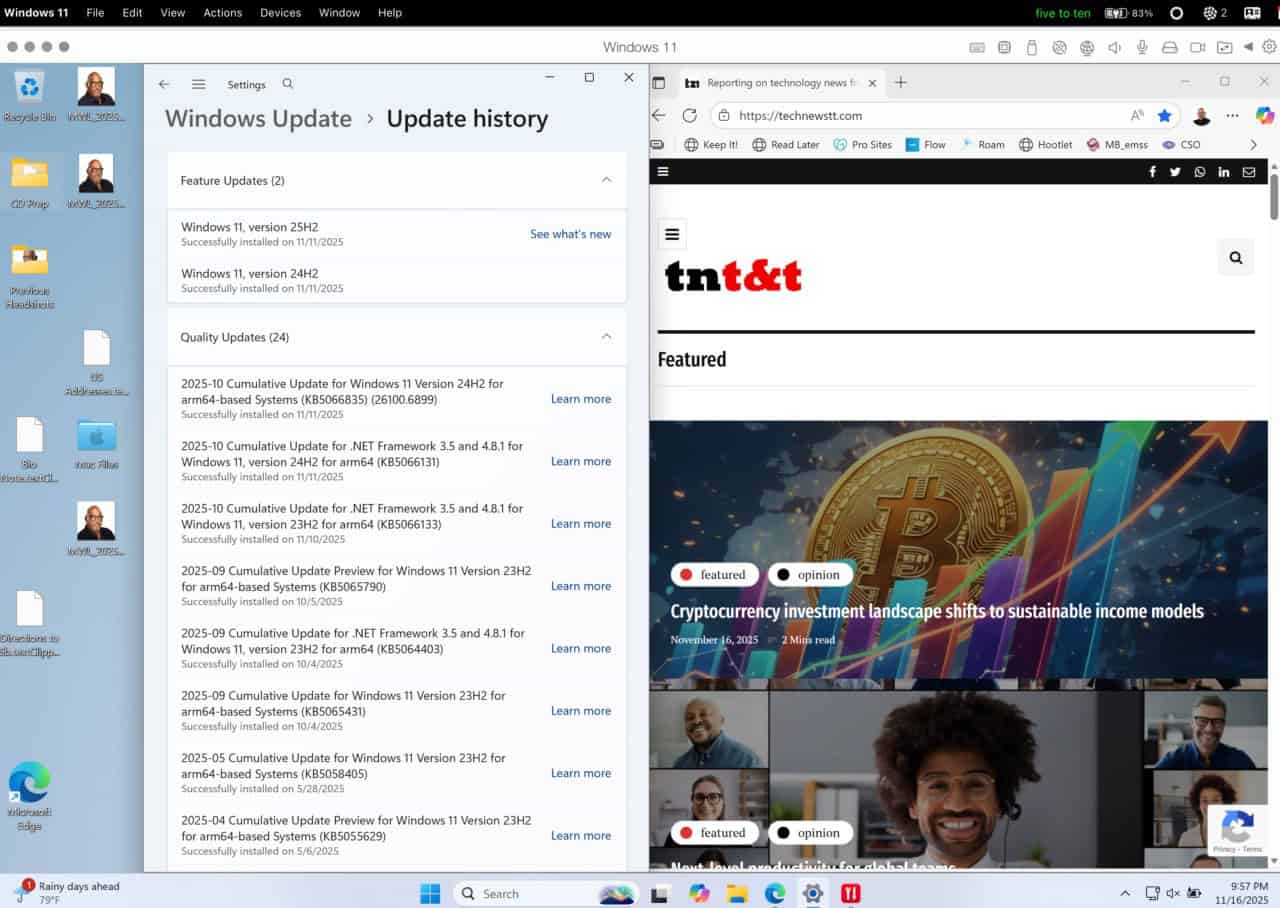





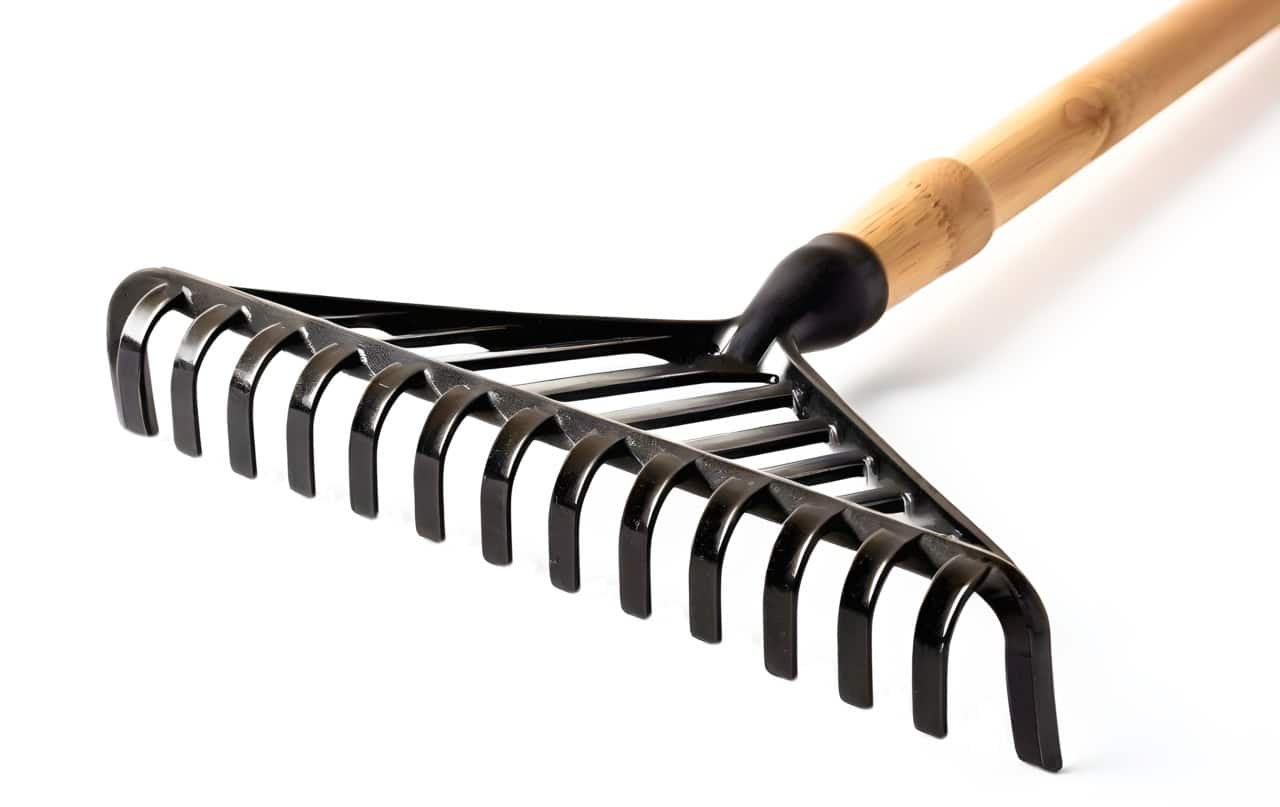


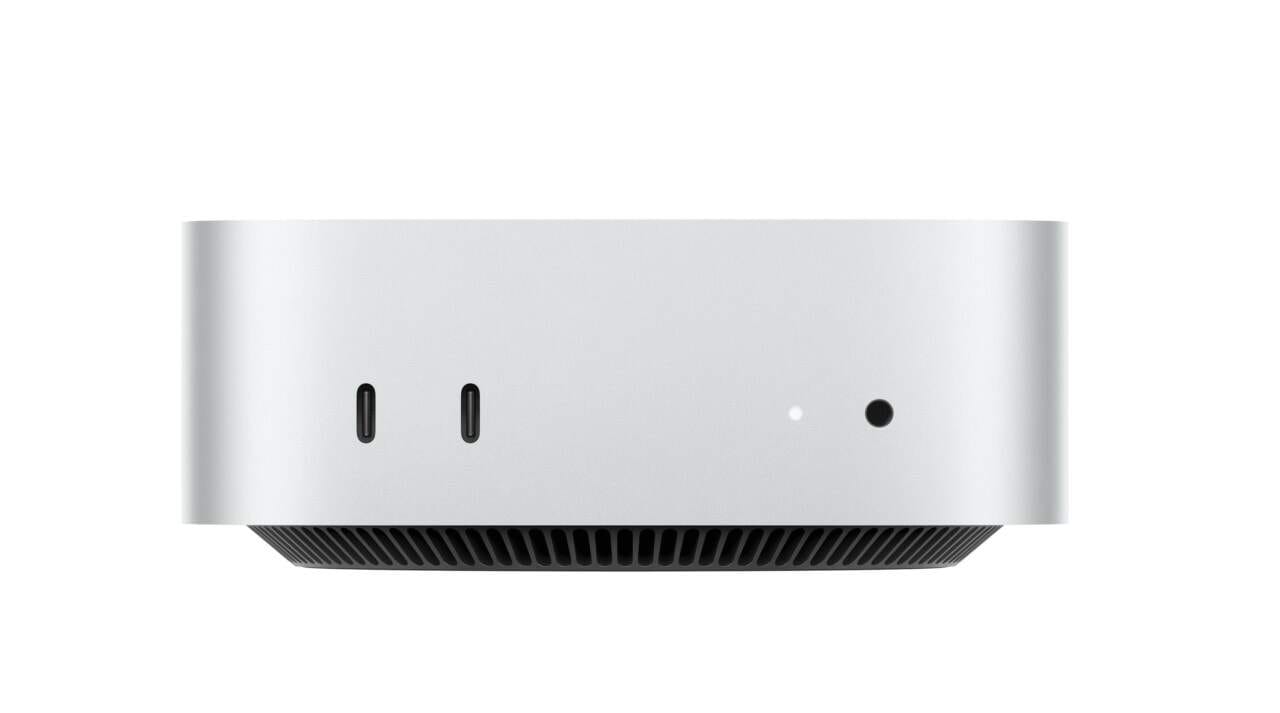













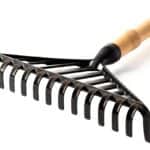


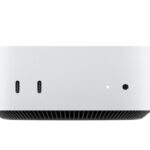

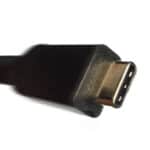

I really enjoyed this article. You touched on the science, environmental impact, effectiveness of the issue in a light and easily digestible manner.